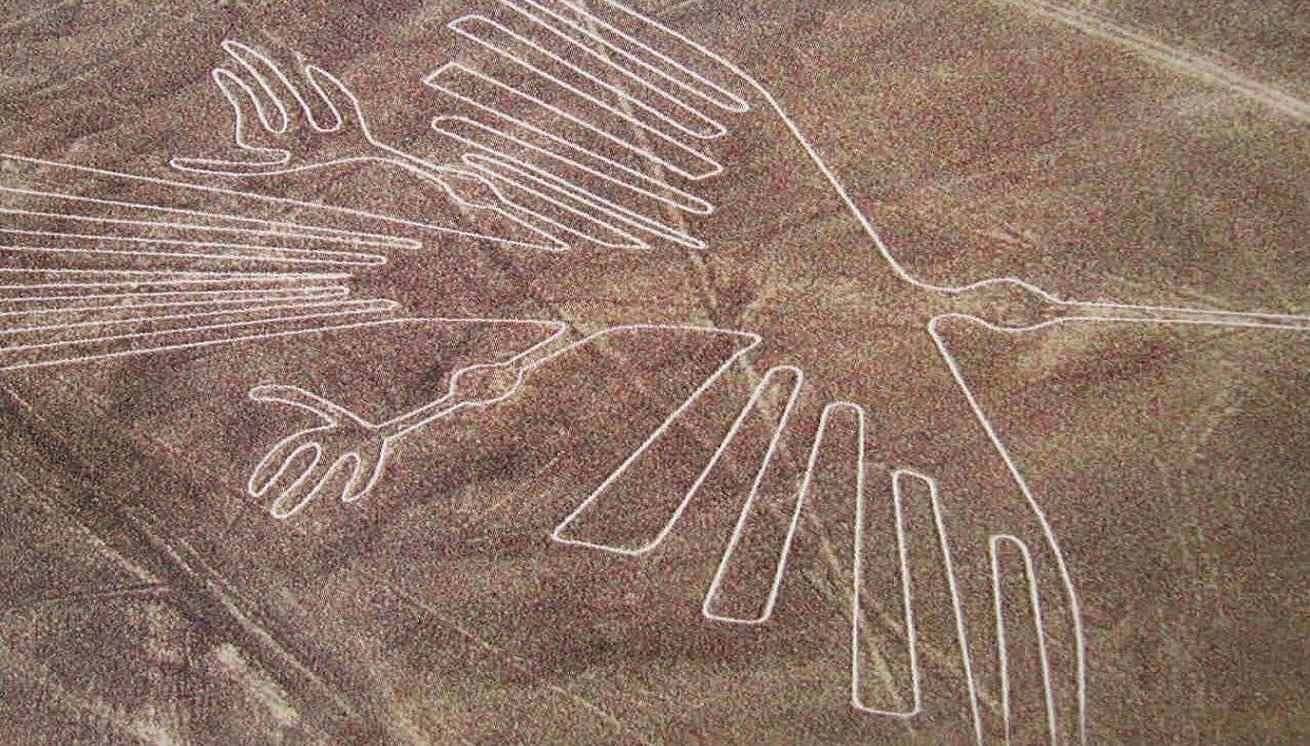

On the evening of May 16th, 1937, Laetitia Toureaux headed for a bus stop after leaving a dance hall in a Parisian suburb. She cut a striking figure as she boarded- 29 years old, in a green suit, white hat, and gloves. Twenty four minutes later, she arrived at a metro station, the Porte de Charenton, and boarded the first-class car bound for central Paris. While the other cars were full, the first class carriage was empty. The train departed at 6:26PM, and 45 seconds later arrived at another station, the Porte Dorée. Six passengers entered the first class car and found Laeitita Toureaux, mudered, with a 9 inch dagger in her neck. No one had exited, no one else was in the car. So who killed her?
Within days of her murder, police had uncovered strange information about her life. She worked in a glue factory by day and frequented dance halls or bal musettes by night. Some viewed Laetitia as a naive, innocent victim, but most saw her as a heartless social climber, marrying her late husband without his family's knowledge or assent. In addition, though she was faithful to him during their marriage, after his death she had numerous affairs. She also, strangely, was known by some acquaintances as 'Yolande".
Interestingly, Laetitia was also a sometimes informant for a Parisian detective agency "Agence Rouff". Bal musettes were known to attract pimps, prostitutes, and drug dealers.
However, most beleived she had been killed by the French facist terrorist goup, Comité secret d'action révolutionnaire, also called La Cagoule. When the police raided La Cagoule on November 15th, 1937, several members claimed knowledge of Toureaux's murder, stating she had been an informer and had been identified.
"It appears that sometime in 1936, Laetitia, now known as “Yolande” and working for the police to infiltrate illegal, right-wing political groups, became the lover of Jeantet, the Cagoule’s arms smuggling expert. Jeantet ran a garage near Montmarte and commanded a fleet of cars he used to smuggle arms from Geneva to Paris. By the spring of 1937, the Cagoule began to suspect Toureaux of deceit and set a trap for her. News of an upcoming arms run was leaked to her, but when the car was stopped at the Swiss border, it was empty. The ruse cost Toureaux her life."
However, there has never been any arrest for her murder, and French police files on the case are sealed until 2038. Why was Laeititia killed, and by whom? If the police knew her killer, why was there no arrest? And how did a killer escape from a train car unnoticed?
Documentary Video



